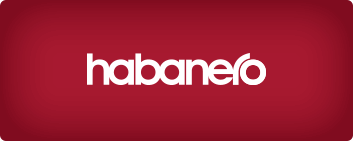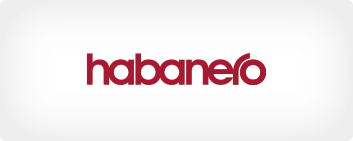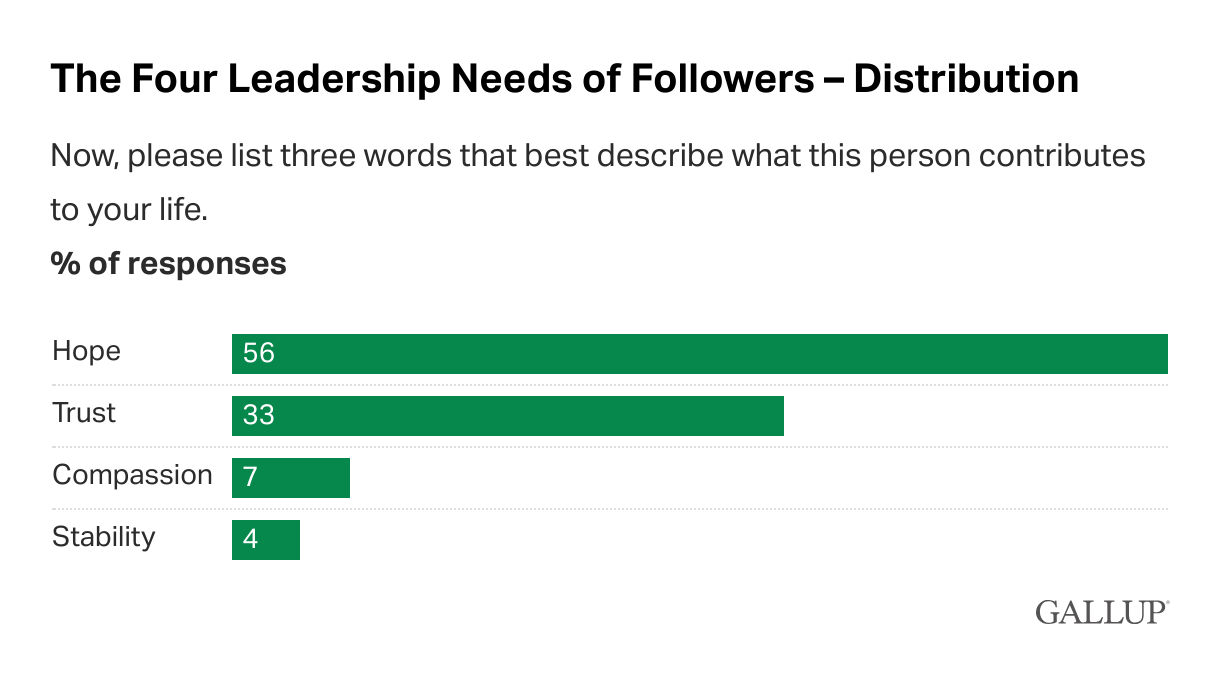We’re living in a unique time in all aspects of our lives. Recent (and continuous) changes to longstanding geo-political structures, societal expectations and economic relationships are having an impact on each of us in very different ways. At Habanero, we’re firm believers in acknowledging that we don’t leave our personal selves at the office “door,” so there’s no doubt that what we are experiencing personally is impacting what we think about and how we show up at work.
As we live and respond to this moment of polycrisis, we thought it would be the perfect time to facilitate a roundtable discussion with people executives across organizations and industries to learn about their concerns, priorities and responses to today’s unique challenges and how they impact workplace culture.
The importance of hope
Employee experience data reflects that the workforce is more uncertain than ever. Gallup’s research shows a continued trend of declining workplace engagement (currently at 21% in Canada, 31% in the US and 21% globally). But even more revealing is their 2025 global leadership report, which highlights that what employees want more than anything else from their leaders – more than trust, compassion or stability – is hope.
This focus on hope resonated deeply with roundtable participants, who shared that they were intuitively bolstering this need through a variety of ways and channels.
Opportunities:
- Helping employees reconnect to the importance of purpose – the "why" of their organizations – as a navigation tool or north star through uncertainty.
- Setting context for today – and fostering a hopeful mindset – by reminding employees how leaders, teams and organizations have successfully navigated past disruptions (e.g., COVID, the 2008 economic downturn) and even thrived in response.
- Getting leaders in front of organization-wide audiences via townhalls to provide clear messaging about planned action and decisions (but not “opening the floor,” risking widespread worry).
- Recognizing that this might be the first major economic wobble for some employees who are new to the workforce, so they may be unaware that cycles of disruption have always happened and will continue to happen throughout their careers.
- Being open to what disruption can bring, which can sometimes lead to better experiences.
Compassion for the long view
Leaders around the table were resolute about when and where to take action in response to uncertainty. They felt that it was better to avoid short-term, reactive decisions and take the long view when considering changes that might deeply impact teams through workforce reductions or other cuts. However, we noted that depending on the nature of the organization (public sector vs. investor-led or publicly traded), patience for visible changes varied. Leaders in the room were motivated by their role to create a more resilient and sustainable workforce and think more broadly about their organization’s impact on community rather than focusing just on short-term gains (e.g., citing the UN’s principles for responsible banking).
Opportunities:
- Making reactive cuts can certainly demonstrate action in the moment but doesn’t consider the longer term impact on people and the organization through survivor grief, engagement hits and productivity losses. What an organization might immediately gain in headcount and associated costs will be offset by the cost to rebuild teams, trust and growth once market tides turn.
- Standing by your people during challenging times has a big upside. It creates the potential to change people’s relationship to work (as we saw in organizations that prioritized keeping their teams together during COVID), which can deepen their loyalty and commitment to the organization.
- Supporting people and teams if and when they struggle (either through structured programs or peer-to-peer networks), providing them with the safety, help and resources they might need.
Time for rethinking and innovation
Several participants expressed that our current circumstances, while certainly challenging, represent an opportunity to find the green shoots of possibility within our organizations. From funding to technology to growth, every organization has the potential to discover the beneficial side of disruption: creativity and innovation. Organizations can either cling to “the way it has been” or let go, creating space for relearning and rethinking.
Opportunities:
- Developing IP, recomposing processes and building skills and new capabilities is an impactful and engaging way to allocate teams and resources during slower times.
- Reinventing roles in response to this business recomposition and considering how to support the future growth and strategy of the organization in new ways.
- Exploring new ways to deliver value and serve customers, constituents or members by tapping into the creativity of teams who are closest to your work, products and processes (i.e., crowdsourcing).
- Experimenting with new models of funding that may not exist today and testing ways to move towards more resilient organizations for the future.
Leadership in the spotlight
Strong leadership was made for this moment! We are all familiar with the exponential impact that leaders have on the teams and individuals they guide. Leaders are the ultimate influencers in helping people thrive. In this moment, what’s being asked of leaders is dynamic and changing. We have an opportunity to not only to guide from the C-suite, but also to intentionally empower and create growth in leaders at all levels of the organization.
Opportunities:
- Connecting (or reconnecting) leaders to the vision and values of the organization to create a consistent throughline for leadership.
- Infusing those values into leadership communication and decisions - not just once, but continuously – to model, reinforce and inspire change.
- Providing coaching and acknowledging that this moment is something for all leaders to learn through, not just get right, which models resilience for their teams.
- Bringing leaders and managers into decisions sooner so they are in the know, prepared and part of any changes.
Uncertain times put leadership essentials in the spotlight
While our roundtable discussion was triggered by this uncertain moment in the world, it reads like a set of good practices that could apply at any time. Perhaps this is a key takeaway from the session: the need for leadership, innovation, compassion and hope are spotlighted in uncertain times, but they are essential at any time.





.jpeg?bc=white&la=en&mw=416&modified=20251202191043&hash=E64AA9DFFAE8D1AC27890831F714D5B0FA2FEBB2)

